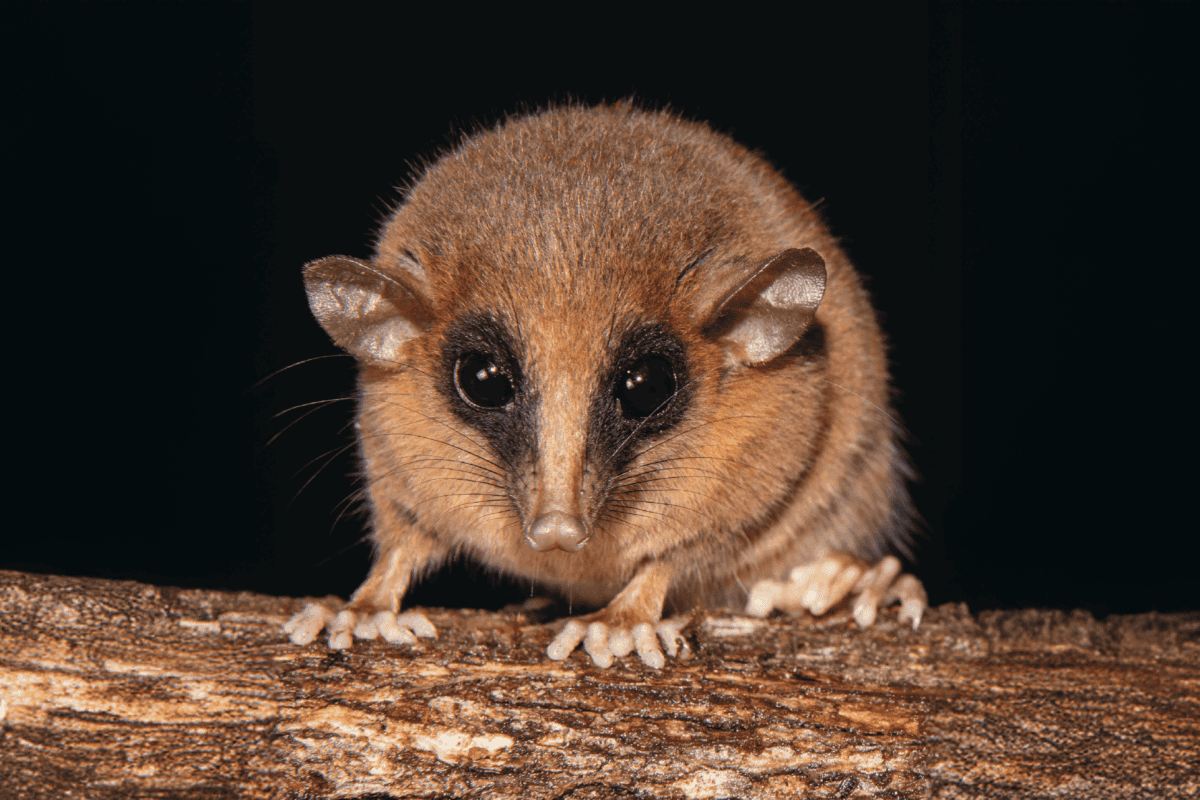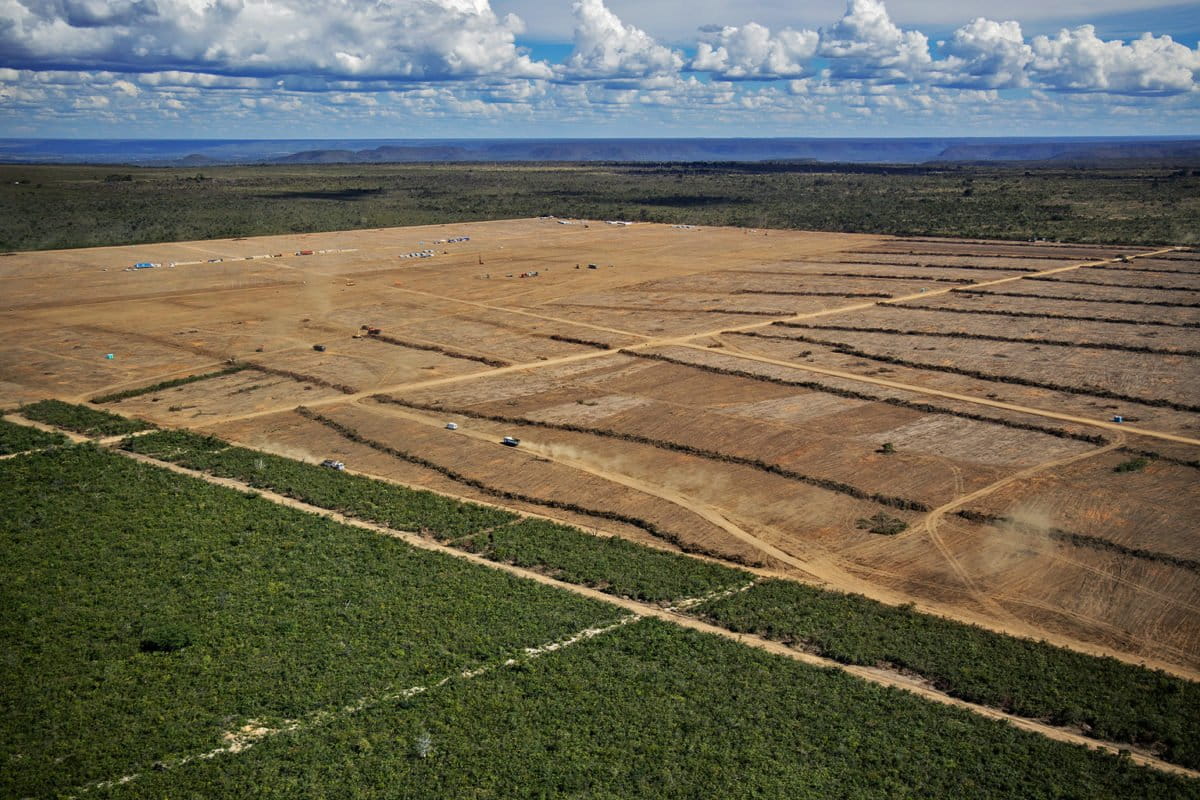Scientists have described a new species of mouse opossum discovered in 2018 in the cloud forests of the Peruvian Andes, 2,664 meters (8,740 feet) above sea level. The find was reported by Mongabay Latam staff writer Yvette Sierra Praeli.
The new marsupial is named Marmosa chachapoya after the ancient Chachapoya people who once lived in the region. Its body is just 10 centimeters (4 inches) long with a tail longer than its body at 15 cm (6 in). It also has a Zorro mask-like dark mark around its eyes.
“I realized immediately that this was something unusual,” biologist Silvia Pavan, the lead author of the new species description, said in a statement.
The the first and only known specimen of the species was found in the Abiseo River National Park, a UNESCO World Heritage site known for its rare biodiversity and pre-Columbian archaeological sites.

Compared with other animals in the same genus, M. Chachapoya looks physically different and it was found at a much higher altitude than is common for other mouse opossum species in its genus.
“That was our first sign that what we had captured was probably another species,” co-author Pamela Sanchez-Vendizú, a mammologist at Peru’s National University of San Marcos, told Praeli.
Genetic sequencing later showed the animal was nearly 8% genetically different from its closest relative in the Marmosa genus.
Researchers noted that Abiseo River National Park, along with other remote regions of the Andes, are still likely full of undiscovered species. The region’s canyons, dense vegetation and steep slopes make exploration physically challenging. But that same difficult terrain offers a wide variety of habitats, creating a biodiversity hotspot.
Pavan had initially set out with a team of researchers to find another species, an endemic squirrel last seen in the 1990s. They did not catch any individuals of the rare squirrel but stumbled upon the marsupial as well as several other new-to-science species during the 2018 expedition, including a semiaquatic rodent that is yet to be formally described by the team.
“It is a highly endemic area for small mammal diversity,” Pavan told Praeli. “It is an area that has been scarcely studied scientifically. So, there are likely other species there that still need to be described.”
The original story by Yvette Sierra Praeli, written in Spanish, can be read here.
Banner image: The new-to-science Marmosa chachapoya species. Photo courtesy of Silvia Pavan.



